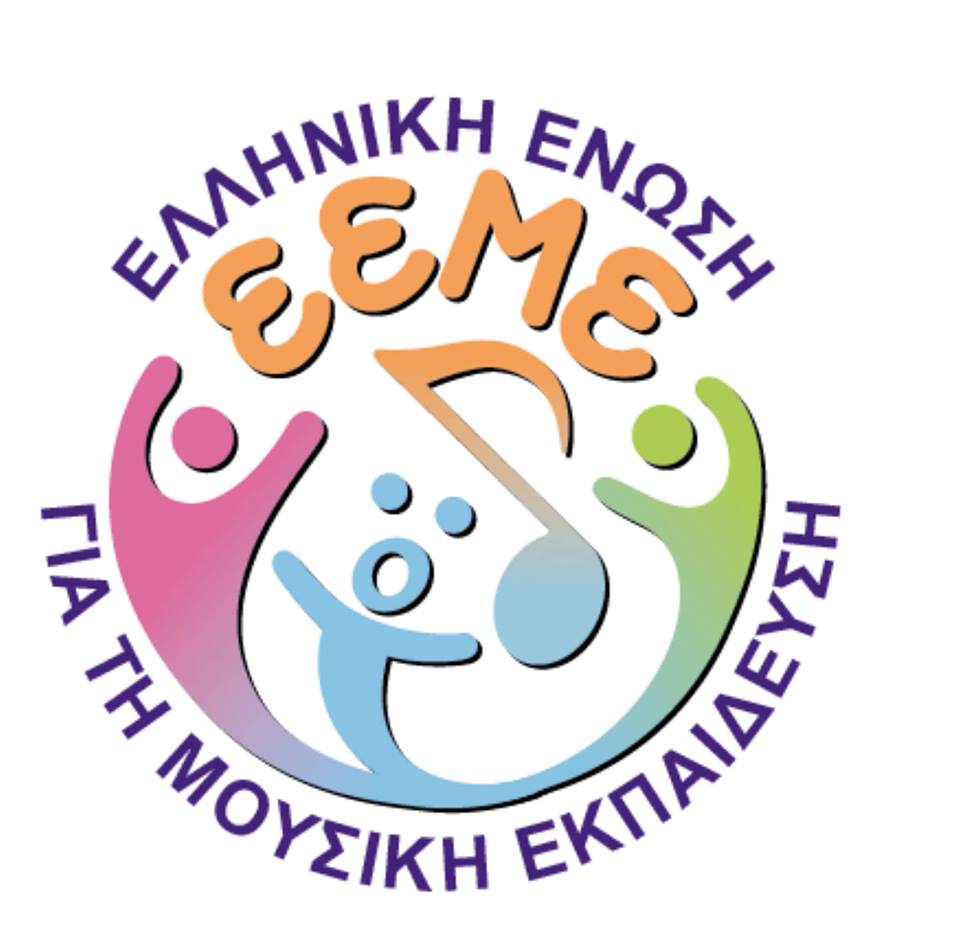Contents:
1) Liana Haratsi: The role of the teacher and the organizing of the lessons in the first stages of piano teaching.
2) Despoina Klonari: About Psychology of Music.
3) Hao Huang: Music Appreciation Class: Broadening Perspectives.
4) Polyvios Androutsos, Nikos Theodoridis: Music Listening and Creativity.
5) Roland Persson: Brilliant performers as teachers: a case study of commonsense teaching in a conservatoire setting.
Abstracts:
1) Liana Haratsi
The role of the teacher and the organizing of the lessons in the first stages of piano teaching.
The role of the teacher and the organizing of the lessons in the first stages of piano teaching
In this article, the author clarifies that the role of the piano teacher is not only to teach the student how to find the way to read and perform a musical text. It is mostly an initiation in the world of music and offering the student procedure knowledge. With the above as a basic reference, ideas of how to organize piano lessons in the beginning stages of teaching are presented.
2) Despoina Klonari
About Psycology of Music
Psychology of Music is a contemporary science. The aim of this article is to show its general principles and basic subjects of research. Music Perception studies the cognitive functions and principles of Gestalt Theory in their relation to the four parameters of musical sounds which are pitch, loudness, timbre and rhythm. Cognitive Psychology of music studies the structure of music, cognitive functions and the process of learning of music. Furthermore, the article reports the conclusions of A. Zenatti about the aspects of musical development and the influence that the cultural environment has on children.
3) Hao Huang
Music Appreciation Class: Broadening Perspectives*
Multicultural music can be introduced into the standard music appreciation course in several ways that are concise and relevant.
* Translated and reprinted by permission of MENC (58/29-10-1997).
4) Polyvios Androutsos, Nikos Theodoridis
Music Listening and Creativity*
The main goal of the article is to show the importance of music listening and especially active listening. The particular goals, the categories of activities/games that help the long term practice of the students, and the usual steps that are followed in the procedure of listening to a work of music -having as a further goal the creative expression of the students- are examined. Creative music listening as a procedure demands affective response and cognitive acts. A variety of activities are proposed (mapping, verbal descriptions, kinaesthetic means, performing etc.) that are useful in this approach. Relevant material is suggested, as well as the criteria by which it is chosen, and also ways of how to organize the listening activities. Sergei Prokovief's Peter and the Wolf has been selected as an example of how a work of music can inspire children in many different ways, and how it can lead to creative expression such as how to build a music theatre performance based on the original story. A presentation of the group Percussion Workshop Kroustofono and the arrangement of Peter and the Wolf for children, enriched with music and movement games, are added in the end.
* The following article is based on a lecture that was presented at Thessaloniki 15/12/1997. The text has been slightly changed to suit the article format.
5) Roland Persson
Brilliant performers as teachers: a case study of commonsense teaching in a conservatoire setting*
This article reports an exploratory study into applied music teaching at a tertiary level. The study was staged as a case study where the case comprises one performance teacher of piano and nine students. The focus of the study is how a performance teacher with no formal training fares in the training of musical performers, how students respond, and what the particular successful or unsuccessful issues are in what could feasibly be termed "commonsense teaching". The data were gathered through participant observation, informal interviews and questionnaires. The findings suggest, after content analysis. The article concludes by tentatively proposing some instructional considerations for applied music teaching, as drawn from the case study.
* From the International Journal of Music Education, 28, Fall 1996, p.p. 25-36. Translated and reprinted by permission of ISME.





 Please wait...
Please wait...